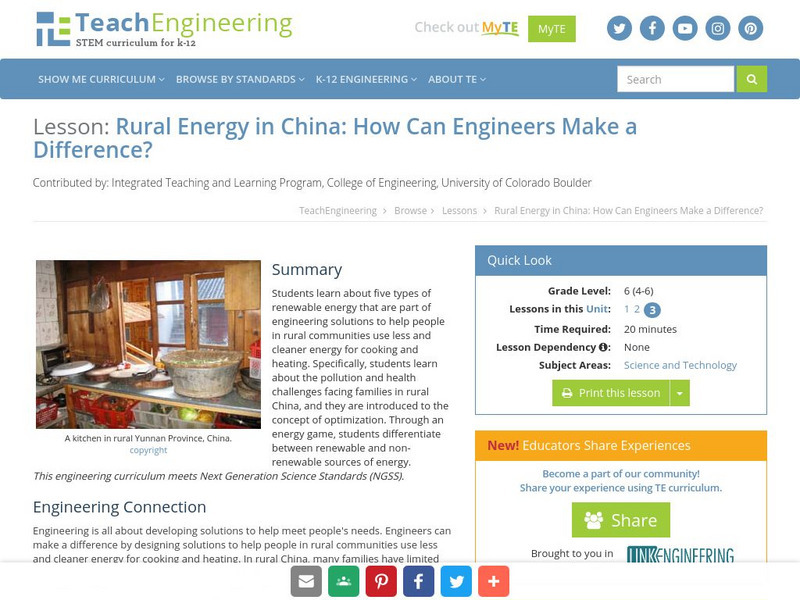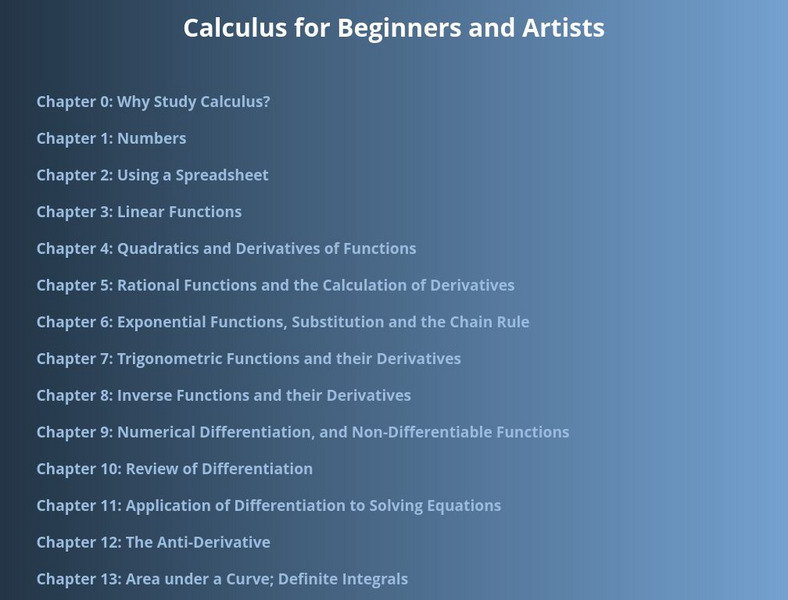Other
Byrdseed: The Differentiator
An interactive planning tool for teachers to develop differentiated lessons based on the revised Bloom's Taxonomy. Choose a thinking skill, then the type of content, the resources that will be used, the product students will produce, and...
Sophia Learning
Sophia: Differentiation via the Flipped Class
This is a video tutorial which focuses on three ways to differentiate in a flipped classroom: lesson delivery, learning activities, assessment modalities. A PowerPoint is available with the same information as the video. An example of a...
Texas Education Agency
Texas Gateway: Differentiate Substantiated and Unsubstantiated Opinions in Text
[Accessible by TX Educators. Free Registration/Login Required] In this lesson, students will learn to differentiate fact from opinion and to decide whether an opinion is substantiated or not.
Texas Education Agency
Texas Gateway: Differentiate Among Empirical, Anecdotal, and Logical Evidence
[Accessible by TX Educators. Free Registration/Login Required] In this lesson, students will learn about three types of evidence that writers often rely on: logical, empirical, and anecdotal. It will also help you distinguish among these...
Sophia Learning
Sophia: Differentiation via the Flipped Classroom
Part III of a four-part professional development tutorial on creating a flipped classroom. Learn how to manage objectives, assessments and lessons through new technologies and innovations.
Texas Instruments
Texas Instruments: Differential Equations and Slope Fields Activity 7
In this activity, students investigate the use of the differential equation graphing mode to solve various differential equations. They learn and explore to use numerical and graphical methods for solving various differential equations.
Texas Instruments
Texas Instruments: Differential Calculus
In this activity, students learn to solve problems dealing with limits, derivatives, and optimization. They use various features of the TI-86 to study some important ideas covered in a differential calculus course.
Other
World of Education: Cultural Learning Styles
Learning style and culture - what's the link? This article provides a summary of learning styles theory and the literature on learning style and culture correlations.
Georgia Department of Education
Ga Virtual Learning: Forensic Anthropology
This comprehensive interactive tutorial explains forensic anthropology and the reason why it is important. Learn how forensic anthropologists differentiate between human and animal remains and also what information they can gather from...
Sophia Learning
Sophia: Differentiation via the Flipped Class: Lesson 1
Manage time to assess learning objectives through flipping the classroom assessments ","Understand how the flipped classroom provides an environment for individualized learning","Create a lesson plan for the assessment that will be...
Texas Education Agency
Texas Gateway: Differentiate Between Substantiated and Unsubstantiated Opinions
[Accessible by TX Educators. Free Registration/Login Required] In this lesson, you will learn to differentiate fact from opinion and to decide whether an opinion is substantiated or not. These are important reading and writing skills.
Analyze Math
Analyze Math: Differentiation of Hyperbolic Functions
Students learn about differentiation of hyperbolic functions. The tutorial consists of examples with detailed solutions.
Texas Instruments
Texas Instruments: Differential Equations and Slope Fields
In this activity, students investigate and learn about functions known as sequences. They learn how they can be represented symbolically, graphically, and numerically.
Texas Instruments
Texas Instruments: Implicit Differentiation
This learning check activity will test the students understanding of implicit differentiation.
Georgia Department of Education
Ga Virtual Learning: Physical Science: Work and Energy
Find out about simple machines, calculate the mechanical advantage and efficiency of machines, differentiate potential and kinetic energy, and learn ways to use energy more efficiently.
PBS
Pbs Learning Media: Lesson 1: Where Are the Soda Trees?
Using film clips from In Defense of Food and a team activity, students explore healthy eating habits. Students get excited about becoming food defenders and begin learning how to differentiate between food (whole and minimally processed)...
Georgia Department of Education
Ga Virtual Learning: Physical Science: Bonding and Chemical Reactions
Through informational text, interactive puzzles, and review questions, students differentiate ionic and covalent bonds and identify the properties of each. They also use oxidation numbers to predict formulas of ionic compounds, name...
CK-12 Foundation
Ck 12: Analysis: Derivatives of Sums and Differences
[Free Registration/Login may be required to access all resource tools.] In this lesson students learn about the derivatives of binomials (sums and differences), and multiples of binomials (Product Rule). Students examine guided notes,...
Other
Mcwdn: Chemistry: Acids and Bases: Differentiating and Quiz
Learn what distinguished an acid from a base. Then take a brief quiz to assess your new knowledge on the topic.
Curated OER
Strategies for Differentiating Instruction
Detailed article offers many suggestions for differentiating instruction in the classroom. Site also offers links to other resources on differentiation.
PBS
Pbs Learning Media: Main Idea and Details Cloud
Students practice distinguishing between relevant and irrelevant ideas by identifying relevant details in a video segment about a wild horse roundup. Students watch the video, read the transcript, and identify details they believe are...
University of Iowa
Ui: Sociological Theories of Deviance: Definitions and Considerations [Pdf]
In this lesson, young scholars participate in a jigsaw activity to learn about the major theories of social deviance - anomie theory, control, differential association, and labeling. They then examine the Zoot Suit Riots of 1943 while...
TeachEngineering
Teach Engineering: Rural Energy in China: How Can Engineers Make a Difference?
Students learn about five types of renewable energy that are part of engineering solutions to help people in rural communities use less and cleaner energy for cooking and heating. Specifically, students learn about the pollution and...
Massachusetts Institute of Technology
Mit: Calculus for Beginners and Artists
Students learn about Calculus concepts through online notes, applets, and dialogs. Topics include derivatives, integrals, linear functions, and derivative applications.






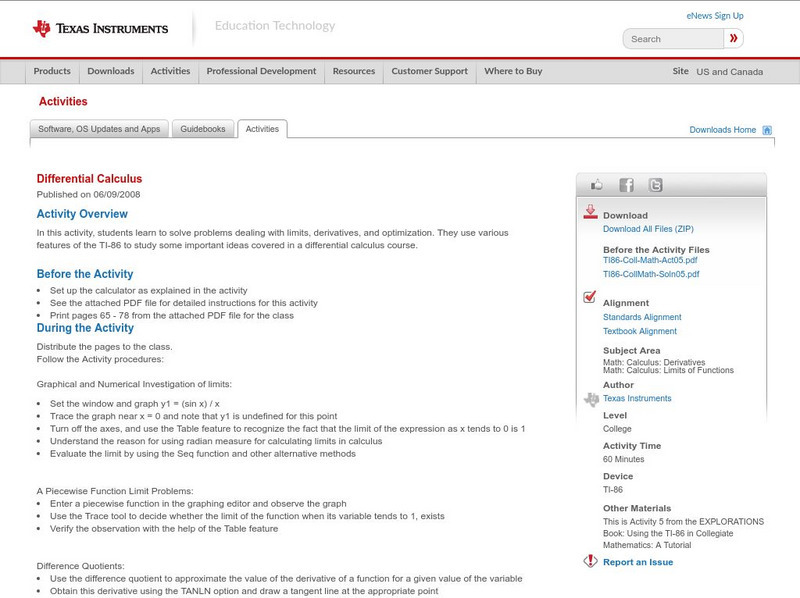
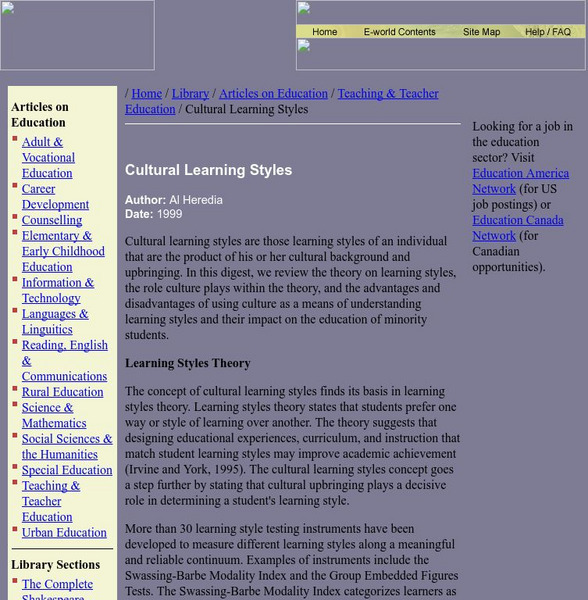

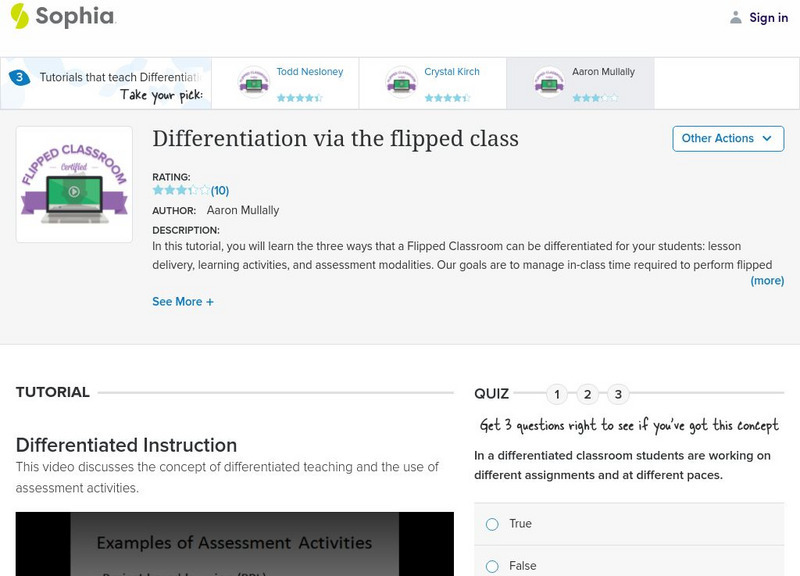
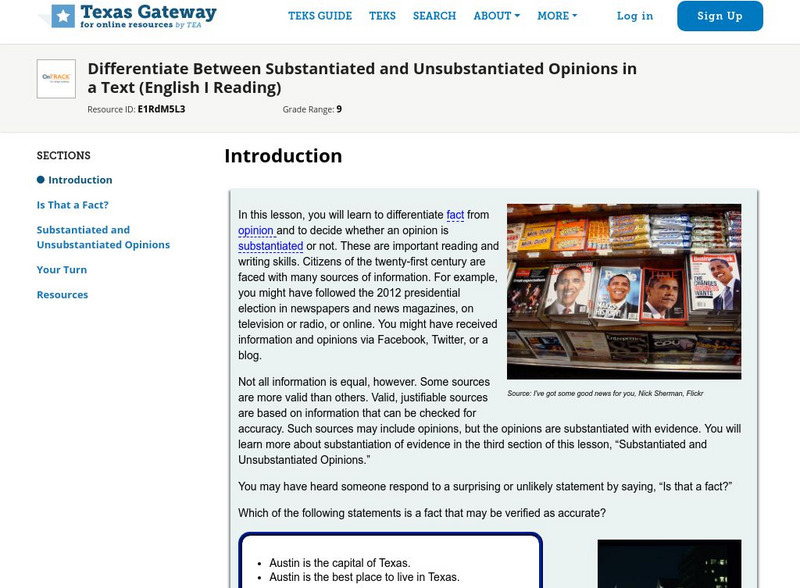


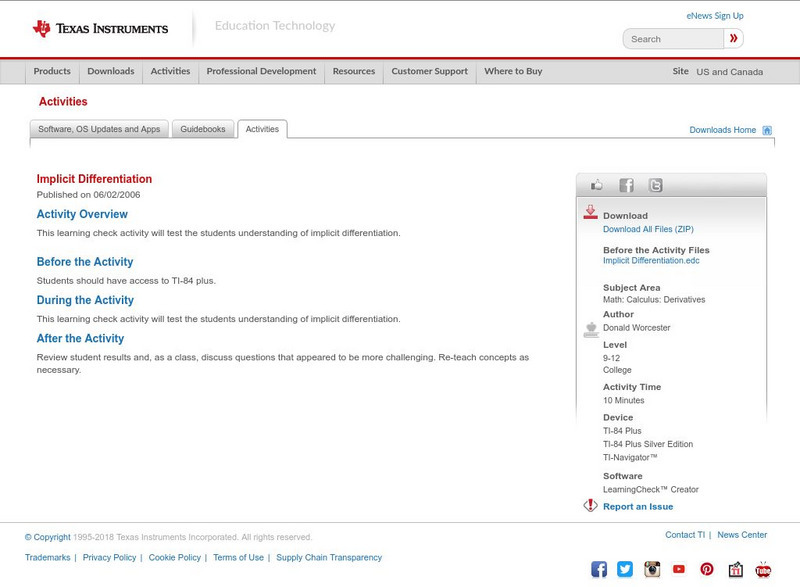



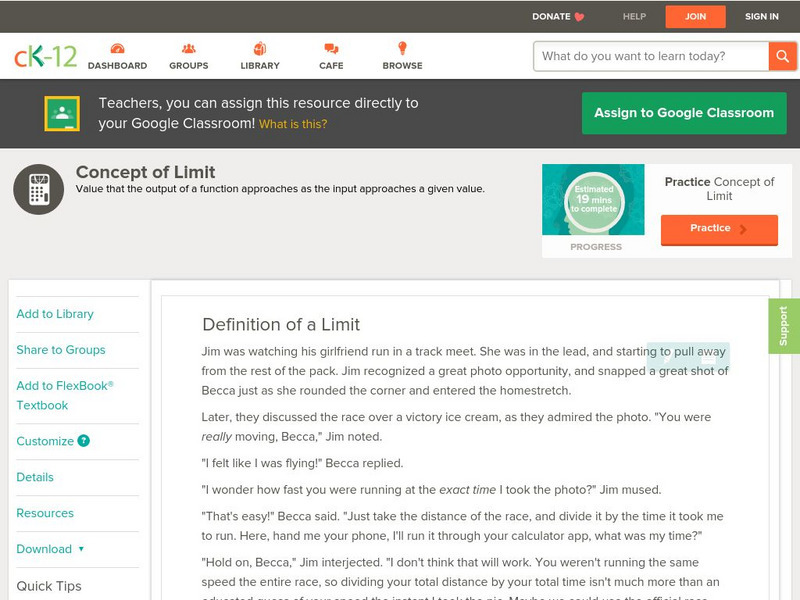
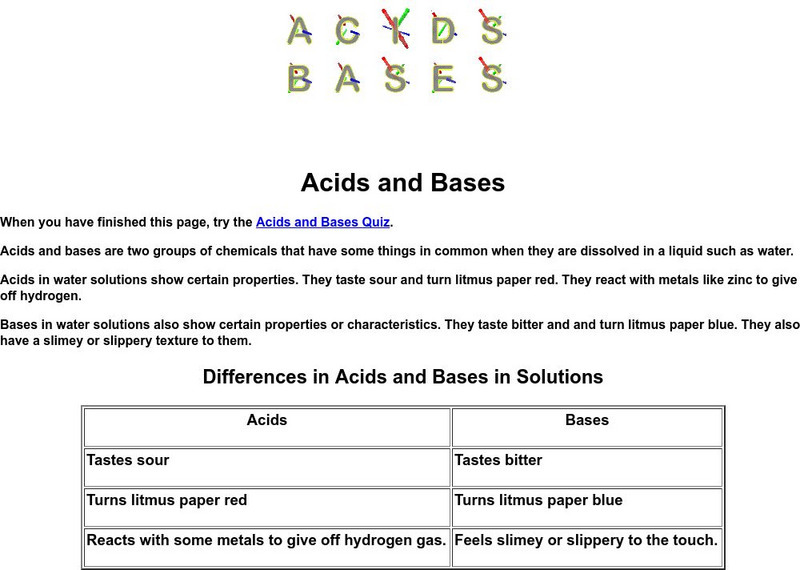
![Ui: Sociological Theories of Deviance: Definitions and Considerations [Pdf] Lesson Plan Ui: Sociological Theories of Deviance: Definitions and Considerations [Pdf] Lesson Plan](http://content.lessonplanet.com/resources/thumbnails/410041/large/bwluav9tywdpy2symdiwmduymc0zmjyxny0xzgxicgx1lmpwzw.jpg?1589984989)
